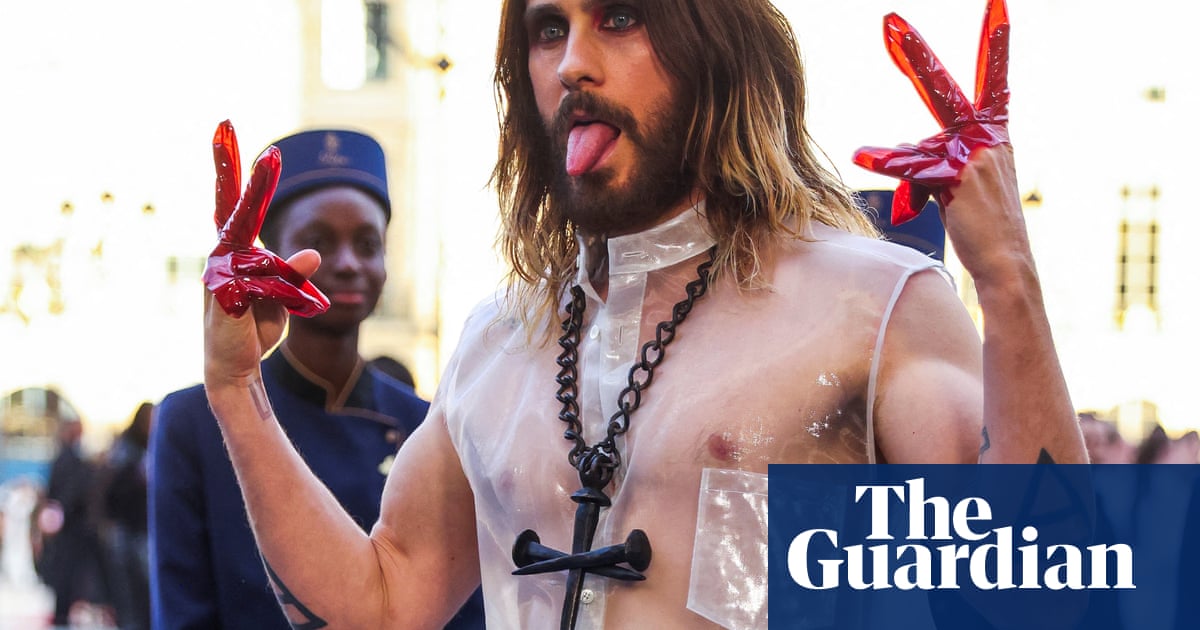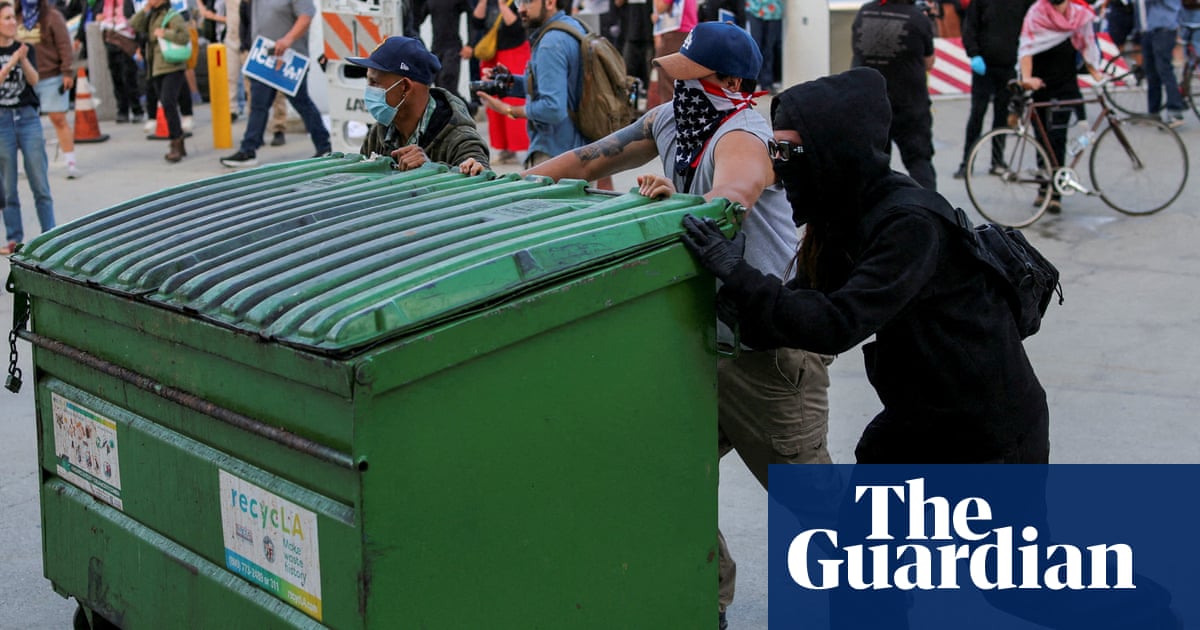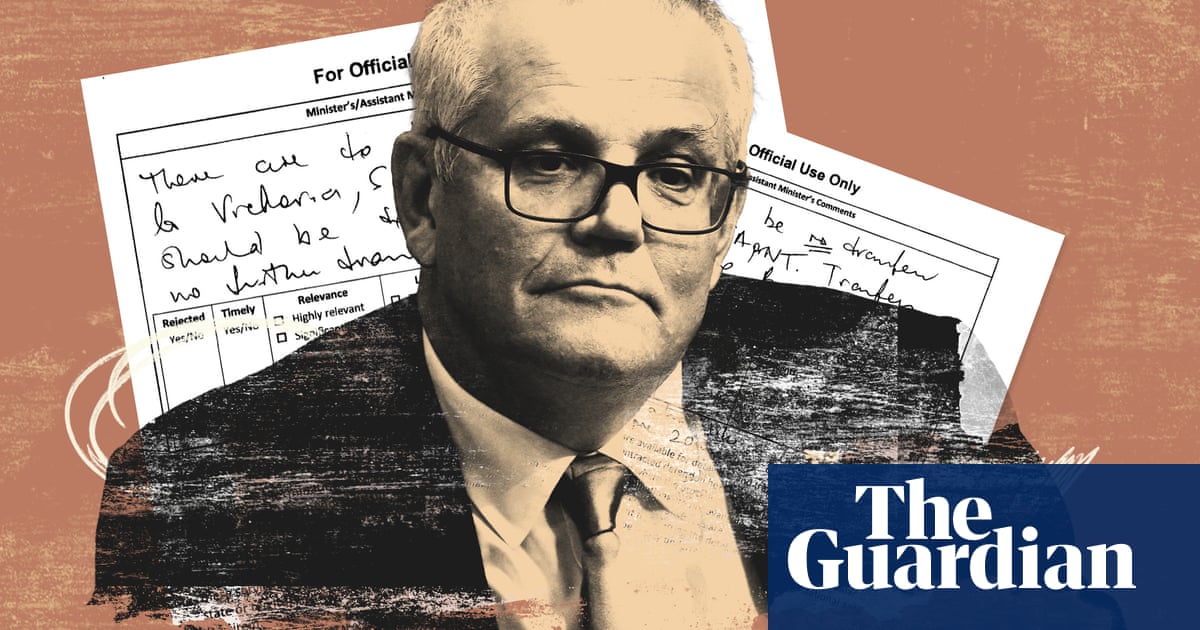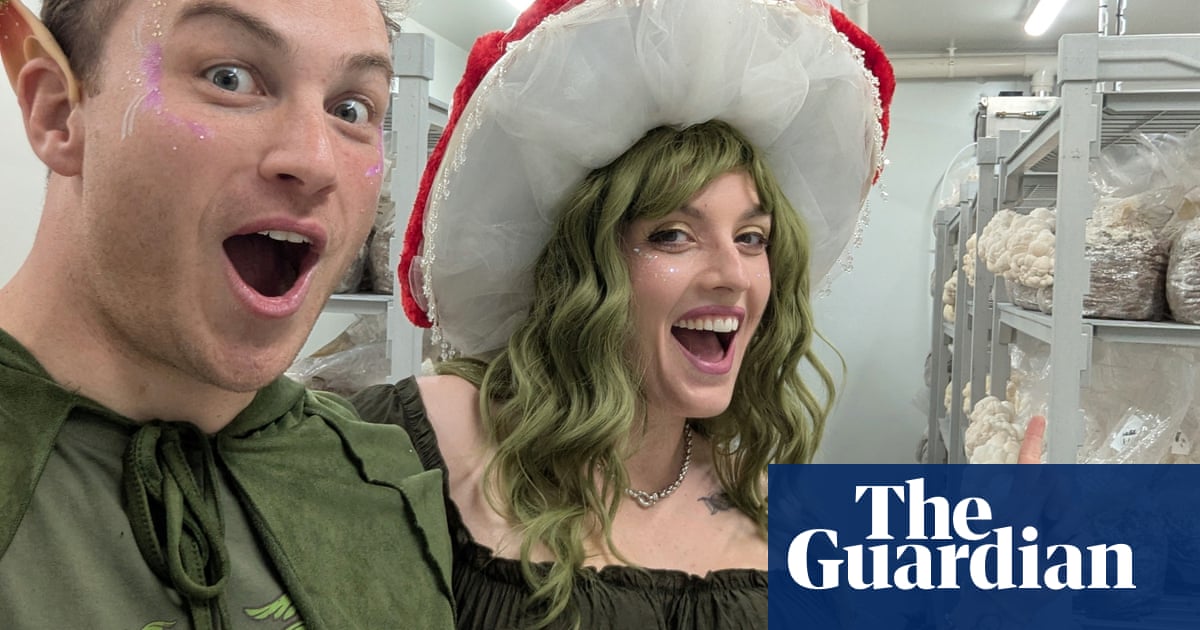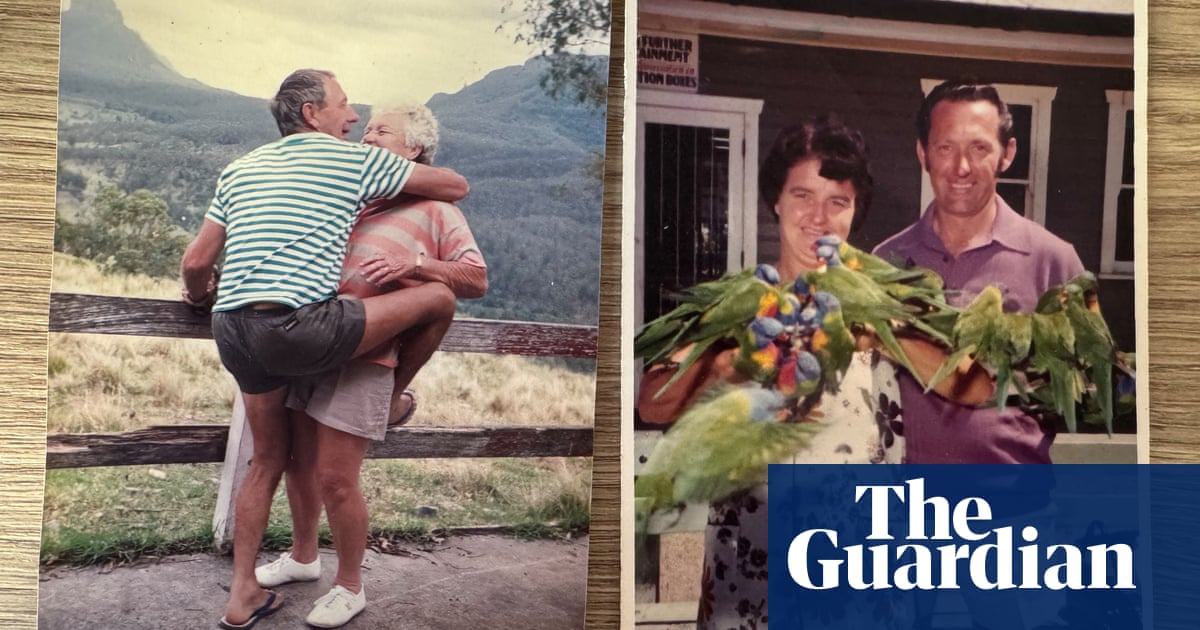It was a moment that united the US civil rights movement with the anti-racist movement in Britain, helping to change the country – and to mark its 60th anniversary it will be commemorated with a mural.
On 12 February 1965, the black American activist Malcolm X visited Smethwick, in the West Midlands after what is remembered as the most racist election campaign the UK has ever seen.
The Ivy Bush, in Smethwick, would not serve black customers back then. But now a mural will be painted on one of its outer walls depicting Malcolm X along with Claudia Jones – the campaigning journalist who helped launch the Notting Hill carnival and Britain’s first black newspaper – and Avtar Singh Jouhl, the anti-racism activist who invited him to Smethwick.

The visit came at a pivotal moment in the international battle for equality. Days before arriving in Smethwick, Malcolm X had visited Selma, Alabama, where Martin Luther King was being held in the city jail after campaigning for equal voting rights.
In England, black and Asian workers were facing discrimination, violence and intimidation in the West Midlands. A British branch of the Ku Klux Klan had formed in Birmingham after the election of the Conservative MP Peter Griffiths, whose campaign used an openly racist “unofficial” slogan.
In Smethwick, a “colour bar” operated in housing, workplaces, shops and in pubs, denying minority ethnic workers equal pay and access to amenities. Malcolm X experienced it for himself at the Blue Gates pub, which segregated customers at the time, and, on seeing posters outside properties saying “coloured people need not apply”, said: “This is worse than in America.”
Nine days after coming to Smethwick, Malcolm X was assassinated in New York. Jouhl, who died in 2022, previously told Birmingham Live: “Malcolm’s visit put racism in Britain on the international map … After he visited, things started changing.”
At the end of 1965, the Race Relations Act – the first piece of legislation of its kind in the country – became law. It followed years of grassroots campaigning against discrimination in the UK – from Len Johnson challenging a Manchester colour bar in the 1950s, to Paul Stephenson refusing to leave a venue in Bristol until he was served, a year after helping to lead 1963’s Bristol bus boycott which fought racist employment policies.
The Smethwick mural, funded by Arts Council England, will be created by the artist Bunny Bread and is part of a festival of anniversary celebrations led by the anti-racist collective MX60.
Jagwant Johal of Birmingham Race Impact Group said: “The story of how and why Malcolm X found himself in Smethwick is one of international Black unity and solidarity. The significance of the visit was to connect the dots of global racism, be it in Soweto, Alabama or Smethwick.
“The same racist scapegoating of refugees and asylum seekers today was very much the background back then, leading the Indian Workers’ Association to invite Malcolm X to expose the unfolding apartheid in Smethwick.”

 3 months ago
54
3 months ago
54
